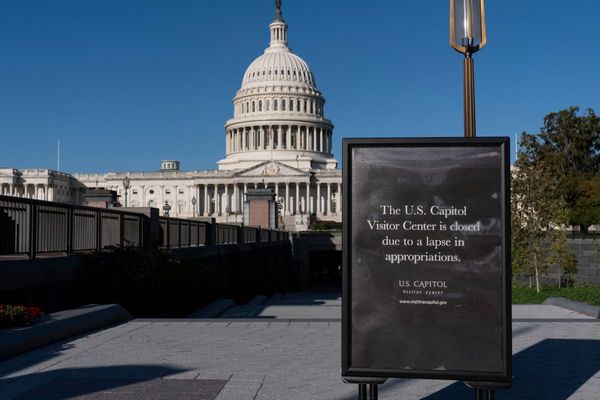An editorial from the Winnipeg Free Press, published Sept. 16:
It’s not easy to make all the numbers co-operate when you’re on the election campaign trail; just ask NDP Leader Tom Mulcair. On Wednesday, while the leader was preparing for a national debate, NDP officials tried to give Canadians a better idea of how the party could pay for all its election promises and chalk up surpluses at the same time.
And yet, Canadians will have to wait a little longer to see how all the columns of pluses and minuses line up.
The NDP was expected to present a fully costed account of its platform. What it did, instead, was attach a few more price tags to some promises, in a broad financial overview of its platform to date. Bottom line: the party says it will run surpluses of between $3 billion and $4 billion in each of the next four years.
Scrapping the Harper government’s new income-splitting for families with children, along with the recent hike to TFSA contributions, will add $2.2 billion in revenues to the treasury annually. Another $3.7 billion will come each year from raising the corporate tax rate two points to 17 per cent. Still more money will flow as tax loopholes are closed.
The party tallied all that up and found $7.2 billion more in revenues. Subtract the additional $5 billion the NDP plans to spend on new or expanded services, two-thirds of that for new infrastructure spending alone. When the leftover cash is combined with the current forecasts of surpluses to 2019-20, you get to the party’s surplus targets.
But it is a foggy outlook, indeed. The New Democrats say they will release the final costing of their platform sometime early next month. Even then, Mr. Mulcair’s surplus promise may be something of an article of faith for voters. Beyond the missing numbers for the party’s phased-in, $15-daily daycare plan, the NDP has not laid out the precise accounting of its pledge to hike scheduled health transfers to the provinces — a $36-billion tab over the next decade.
And spoiler alert: the Parliamentary Budget Officer’s own calculation of federal finances could cut Mr. Mulcair’s surplus by more than $1 billion.
So what’s a voter to make of this? As economists have almost uniformly pointed out, all of these numbers — even the $10-billion deficits Justin Trudeau is promising under a Liberal government — are marginal, in a federal spending plan approaching $300 billion.
Mr. Mulcair’s real goal is simply to stay in the black, to dispel historical notions of a tax-and-spend NDP that can’t be trusted to manage the country’s finances. It’s a transformation that has sparked sniping from hardened New Democrats. This week high-profile supporters released a manifesto as a challenge to return the NDP to its socialist roots.
The document rejects capitalism for an economy that works for the benefit of the environment and the poor.
In reply, Wednesday’s announcement gave the hardliners even less hope: the party has abandoned a long-standing goal to hike Canada’s spending on international aid to 0.7 per cent of the GDP.
Mr. Mulcair is clearly fighting to stay firmly centrist. The game plan is not to prove to Canadians the NDP would be more fiscally prudent than the Harper government. As polls continue to show a huge portion of the electorate is looking favourably at both the NDP and the Liberals, Mr. Mulcair must show his government would be better for the economy than one led by Mr. Trudeau.
He fell short of giving voters a better sense of that Wednesday. What he has done, as a result, is handed both of his opponents good ammunition for a showdown Thursday night that is bound to focus heavily on Canada’s economy.
Winnipeg Free Press







